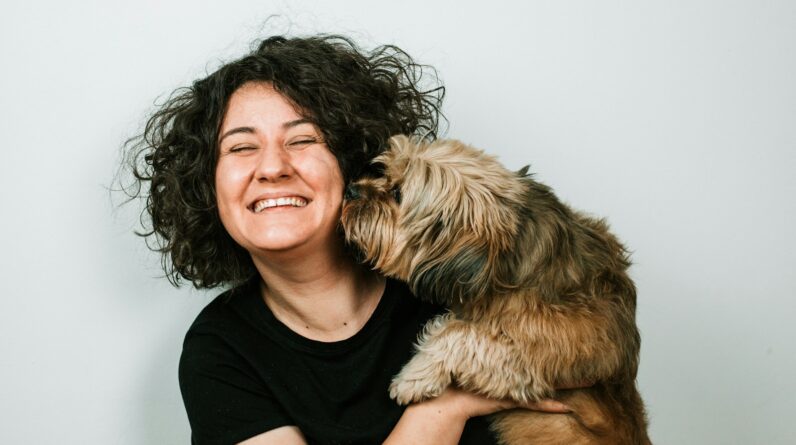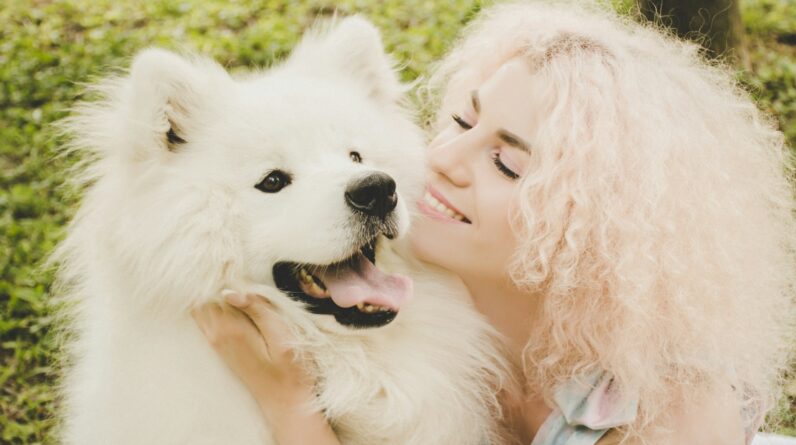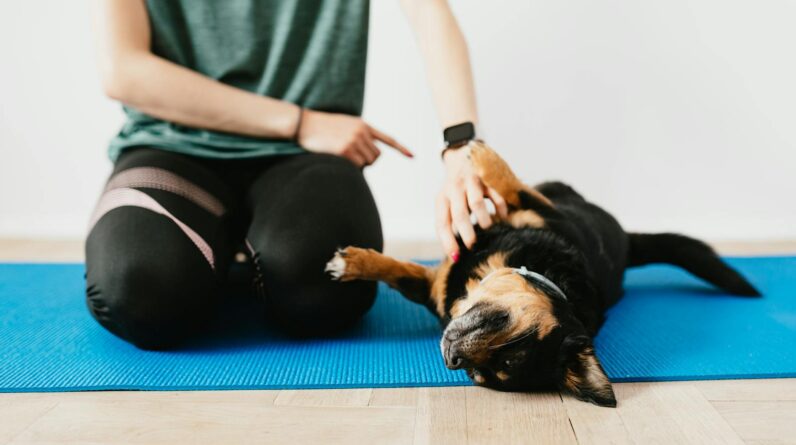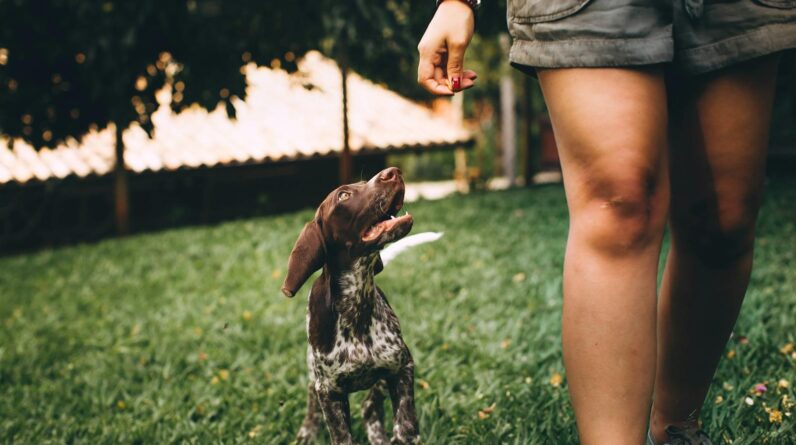
Getting the Perfect Leash and Collar for Your Pooch
Hey there, dog owners! When you have a furry friend, taking them for walks is part of the fun. But before you head out, you need the right gear. That means finding the best leash and collar. Let’s talk about how to pick them so your dog is comfy and safe.
Start with the Collar
First, let’s figure out the collar. This goes around your dog’s neck, and it’s more than just fashion. It holds your dog’s ID and tags and hooks to the leash. How do you know which one to get, though?
Measure Right: Grab a tape measure and wrap it around your dog’s neck where the collar will sit. Add two fingers under the tape for small dogs and three for big ones. This is so they can breathe and move without it being too tight.
Think About Material: Collars come in lots of materials like nylon, leather, and even metal. Nylon is cool because it’s light, comes in fun colors, and is easy to clean. Leather is strong and lasts long, but it’s a bit heavy. Metal chains are tough but not comfy for all dogs.
Check the Clasp: You’ll see buckles or snaps for collars. Buckles are like belt buckles and are super strong. Snaps are easier to use but might not hold a really strong dog.
Finding a Fab Leash
Now for the leash part! This is the long piece that you hold onto when your dog walks, runs, or sniffs around.
Leash Length: Think about where you’ll walk. Short leashes are good for busy places so your dog stays close. Long leashes are great for open parks where they can roam a bit. Just make sure it’s not too long or it gets tangled easily.
Leash Material: Like collars, leashes have different stuff they’re made from. Nylon is popular and strong. There are also retractable leashes that let you change the length, but these can break easier and might not be great for big or super-excited dogs.
Handle Comfort: If you’re walking a lot, you want a handle that feels good in your hand. Some leashes have padded handles which can be really nice. If your dog pulls a lot, a comfy handle is especially important to avoid ouchies.
Special Leashes and Collars
Sometimes dogs need something a little different. Like if your dog pulls a bunch or has a tiny neck, you might need a special kind of leash or collar.
For Pullers: There are no-pull harnesses that make it less fun for your dog to pull. These spread out the tugging feeling over their body instead of just their neck. They can help teach your dog not to pull.
For Tiny Necks: Small dogs or those with short necks, like pugs, might do better with a harness instead of a collar. It puts the leash on their back and not their neck so they don’t get hurt.
Testing It Out
When you think you’ve found the right leash and collar, try them on your dog at home. Make sure the collar fits right with the two or three-finger rule. Put the leash on and walk around the living room. See if your dog seems comfy and if you like holding the leash.
If the collar is too loose, your dog could slip out. If it’s too tight, it could hurt. With the leash, if it’s too long and dragging, it can trip you or your dog. You want it to feel just right for both of you.
Keep an Eye on Wear and Tear
Even the best leash and collar get old after lots of walks. Look at them often to see if they’re getting worn out. If the collar is fraying or the leash clasp isn’t snapping right, it’s time for new ones. Always better to be safe!
So, choosing the right leash and collar is a mix of measuring, thinking about what feels good, and what’s safe for your dog. Try things out, see how they work, and keep checking them over time. Happy walking!
What should I look for when picking a dog collar?
Picking the right dog collar starts with size and fit. Measure your dog’s neck and add two inches for the correct length. Look for adjustable collars so you can ensure a snug, but not too tight, fit. A good rule of thumb is being able to fit two fingers beneath the collar.
Material matters too. Nylon is durable and easy to clean, while leather can be more comfortable and long-lasting. Reflective materials or colors ensure visibility during nighttime walks. Make sure the buckle or clasp is strong—nobody wants a furry Houdini slipping free during a walk!
How do I choose a leash that’s right for my dog?
Leash choice depends on your dog’s size and walking habits. For strong, energetic dogs, go for a sturdy leash with a good grip, like one made of leather or thick nylon. Length-wise, a standard 6-foot leash offers enough freedom while keeping your dog close.
For training or in crowded places, you might want a shorter leash for better control. Conversely, a long line can be great for teaching recall and allowing dogs to explore safely. Retractable leashes can give flexibility, but they’re not always the best for training or strong pullers.
Are harnesses better than collars for walking dogs?
Harnesses can be a great choice, especially for dogs that pull or have respiratory issues. They distribute pressure across a larger area of the body, which prevents choking and can be more comfortable for the dog. It also gives you better control over your furry friend.
When choosing a harness, make sure it fits well without rubbing or pinching. It should be snug but not restrictive, allowing full range of motion. As with collars, adjustable points are helpful for a perfect fit. You’ll also find features like front clips to discourage pulling, which can be super helpful.
What accessories should I consider for nighttime walks?
For those evening strolls, visibility is key. Reflective collars, leashes, or harnesses can make your dog visible to drivers. You can also add clip-on LED lights for extra brightness. It’s a small addition that can make a big difference in safety for both of you.
Besides lighting, think comfort and convenience—like a leash with a padded handle or a harness with a handle for quick control. There are even glowing balls and toys to keep playtime going after dark, ensuring you both have fun and stay safe.
How often should I replace my dog’s collar or leash?
Inspect your dog’s gear regularly for signs of wear and tear. Fraying, fading, and cracks can be signs it’s time for a replacement. Even if they look okay, it’s good practice to replace collars and leashes every year or two, as materials can weaken over time.
Also consider your dog’s growth and activity level. Puppies outgrow collars quickly, while active dogs might put more stress on their gear. It’s not just about aesthetics; it’s about keeping your dog safe on your adventures together.
Key Takeaways
- Fit is everything: When choosing dog accessories, it’s vital to ensure a proper fit for your pup’s comfort and safety. A collar should fit snugly without being too tight; you should be able to fit two fingers under it.
- Material matters: Dog collars and leashes come in various materials. Nylon is lightweight and durable, while leather can be more durable but may require more care. Consider your dog’s activity level and the climate when selecting materials.
- Type of leash: Standard leashes are great for everyday use, whereas retractable leashes offer more freedom but less control. For training, a long line leash could be beneficial.
- Reflective is safe: If you walk your dog in low-light conditions, choose accessories with reflective materials or stitching to increase visibility and safety.
- Think about your dog’s size and strength: A large, strong dog will need a sturdier leash and collar, whereas smaller breeds can use lighter accessories. The hardware should be proportional to your dog’s size.
- Ease of use: Accessories should be easy for you to use. Quick-release buckles can be a handy feature for taking off a collar with ease.
- Special needs: Consider any special needs your dog might have, such as a harness for dogs that pull or a martingale collar for dogs with a narrow head to prevent slipping out.
- Safety first: Always check for wear and tear regularly to ensure the leash and collar are in safe working condition.
- Fashion vs. function: While cute designs are tempting, prioritize the functionality and safety of the accessory over appearance.
- Choose wisely: Remember that the right accessories can improve walks and training sessions, making them more enjoyable for both you and your dog.
Final Thoughts
Picking the right leash and collar is all about your furry buddy’s comfort and safety. Remember, measure their neck and think about their habits before anything else. Got a puller? A sturdy, comfy collar is key. Love jogs together? Go for a leash that gives both freedom and control.
Reflect on what you two get up to together. Chilled walks or wild adventures? Choose materials that can handle your lifestyle—nylon for easy cleaning, leather for durability. And those clever add-ons like reflective stitching or poop bag holders? Pure gold for convenience during your outdoor escapades.
Lastly, never skimp on quality for a bargain. Your pal’s security is in the leash and collar’s hands—literally. So, grab gear that’ll last, keep your pooch safe, and make your walks a walk in the park, every time.







